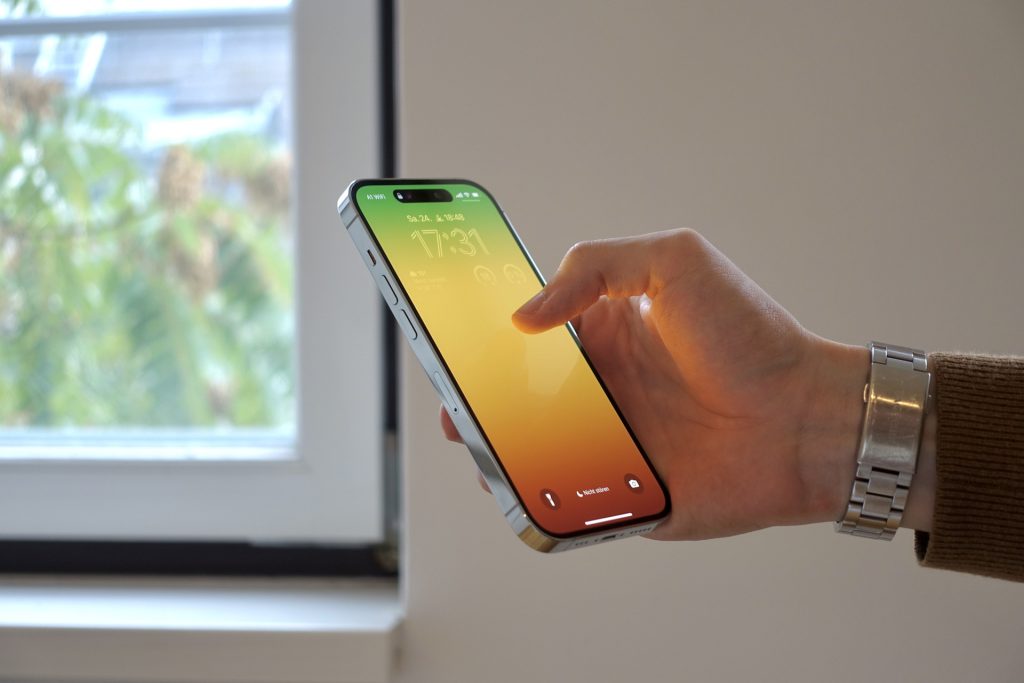According to work performed by the website 9to5mac, the recent iOS 16.2 beta 2 update included options for new custom accessibility features. While details are currently sparse, this new system could offer potentially ground-breaking changes to shake up the mobile iOS status quo.
Not just great for Apple users, this evolution could also show a greater shift as embraced by the tech industry towards a more accessible standard.
Apple’s Custom Accessibility Mode
Operating with the codename of Clarity, this new mode ostensibly replaces the existing Springboard system. Internal descriptions note Clarity as a more streamlined way to use an iPhone and iPad, with features like larger text, app modification, and the remapping of hardware buttons. While it might be some time before we understand the wealth of these changes, the move still represents a profound evolution by Apple.
As a company, Apple has a lot of pride in its ecosystem and design. While not for everyone, those heavily invested in Apple’s infrastructure swear by its systems, as it finds high regard in both professional and casual use.
Opening up such a well-researched and purposely implemented design to customizability for accessibility’s sake is not a move everyone saw coming. This doesn’t just make Apple’s systems more attractive for long-time holdouts, it also shows a real care for an area of the software that has been ignored for too long.
A Software-Wide Shift
Like so many parts of our world, software tends to be built with the fully-functioned in mind. People with visual, dexterity or any other handicaps are often only paid minor attention, with companies doing the bare minimum to cater to these users. Intentionally and unintentionally, this issue has been increasingly addressed in recent years, and far more than just the operating system space.
On the intentional scale, we have websites like Built By Silo, an awarding service based around building tools to help people communicate and reach others. Focussing on simplicity and large links has helped the service stand out as one of the most accomplished in the space.
Offering insight into colour palettes, typography, and button placement, all specially designed to maximise accessibility, these types of services strive to push the envelope.
Sometimes, better accessibility can be incidental, as systems streamline themselves to general audiences and modern standards. The mobile market has been a strong standout in this area for some time, as shown by websites like this casino bonuses NZ page. Targeting mobile systems as well as computers, the elements of this page like the ratings, bonus listings, and website logos are designed around ensuring as much coverage as possible for as many users as possible. In this instance, just being progressive in design philosophies has paid off. It uses these design aspects to help customers find the best bonuses along with relevant reviews.
Also worthy of mention in the entertainment space are new video game hits like God of War: Ragnarök. This title offers pages on pages of accessibility features so that players can all get in on the god-slaying action. From adjusting filters for the colour-blind to aim and traversal assists, automated button presses, and much more, this game is raising the standard of what it means to be a video game designer.
Breaking Boundaries
Of course, the software can only come so far, and it’s with a two-pronged approach with hardware that the best outcomes will result. Fortunately, this is an area where devices to cater to accessibility concerns are much more developed. Specialty mice and keyboards and video game controllers have been around for decades now, and with better software, the efficiency they offer continues to rise.
In the future, some of the most exciting technologies come from brain-computer interfaces. Only now moving out of the realm of science fiction, these systems allow computers to read input commands directly from a person’s brain. This can bypass a wide range of accessibility concerns, giving access to those who would otherwise go without.

Apple’s latest move in updating its systems to a more accessible standard is laudable, and it illustrates a positive landscape of progress toward a more open world.
Apple might launch its first foldable phone, and these changes may not make a big difference to the common man, but for people who have been locked out of everything the internet and smart devices bring, the results can be life-changing. We’ve got a long way to go yet, but the small steps are adding up, and we can’t wait to see what comes next.
